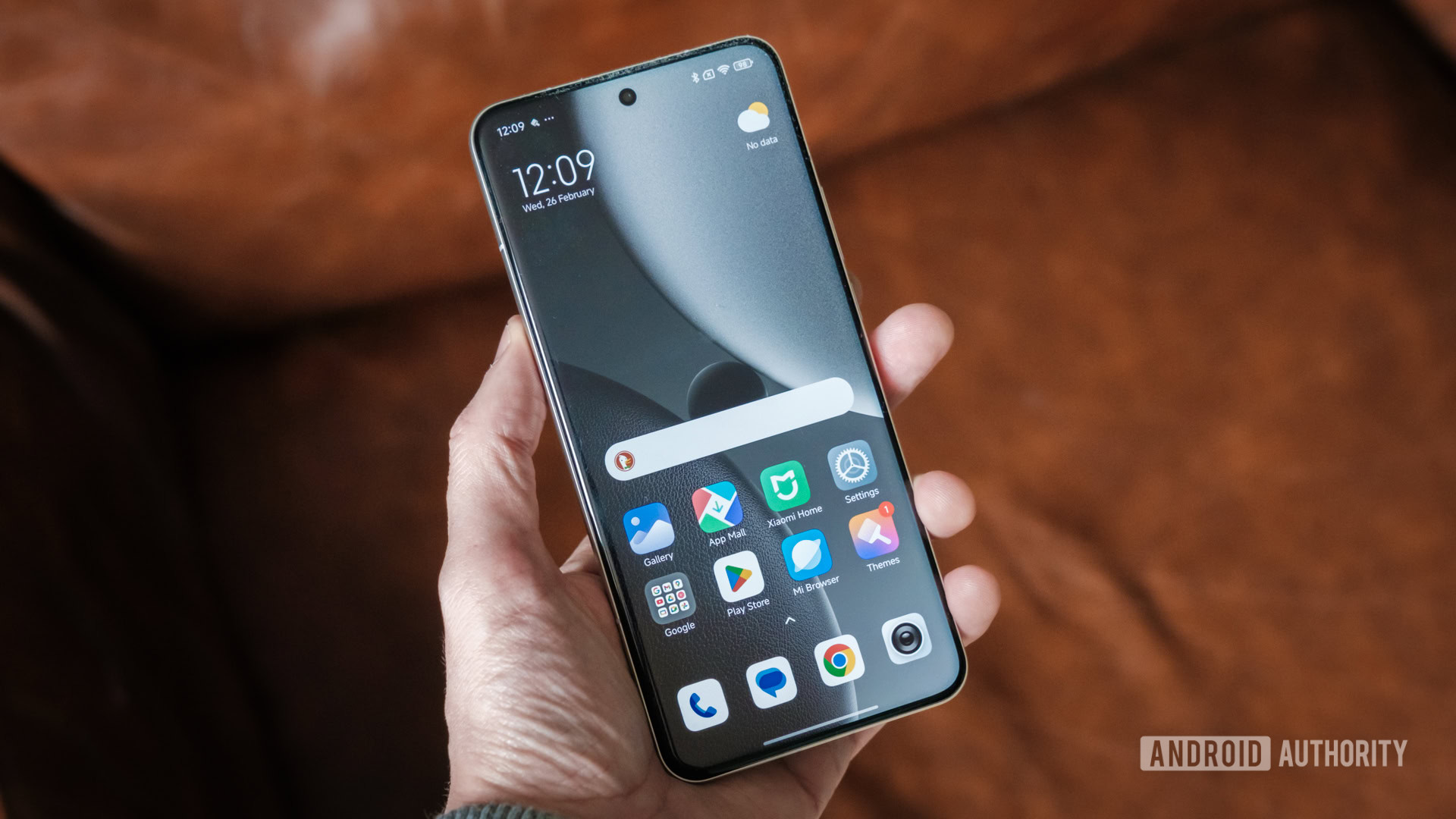
Robert Triggs / Android Authority
Corning Gorilla Glass has been the gold standard for protective glass solutions in the smartphone space for years, dating back to the original iPhone. In fact, Gorilla Glass became something of a brand name in the space, with manufacturers using it as a seal of quality.
However, I’ve noticed something very interesting happening in the last few years. While top Android phones from Google and Samsung still use Corning’s protection, rival flagships from HONOR, HUAWEI, and Xiaomi have moved away from Gorilla Glass in favor of in-house solutions. So what gives, and how much does this matter?
Do you care if your phone doesn’t have Gorilla Glass?
0 votes
Why are OEMs switching from Gorilla Glass to their own solutions?
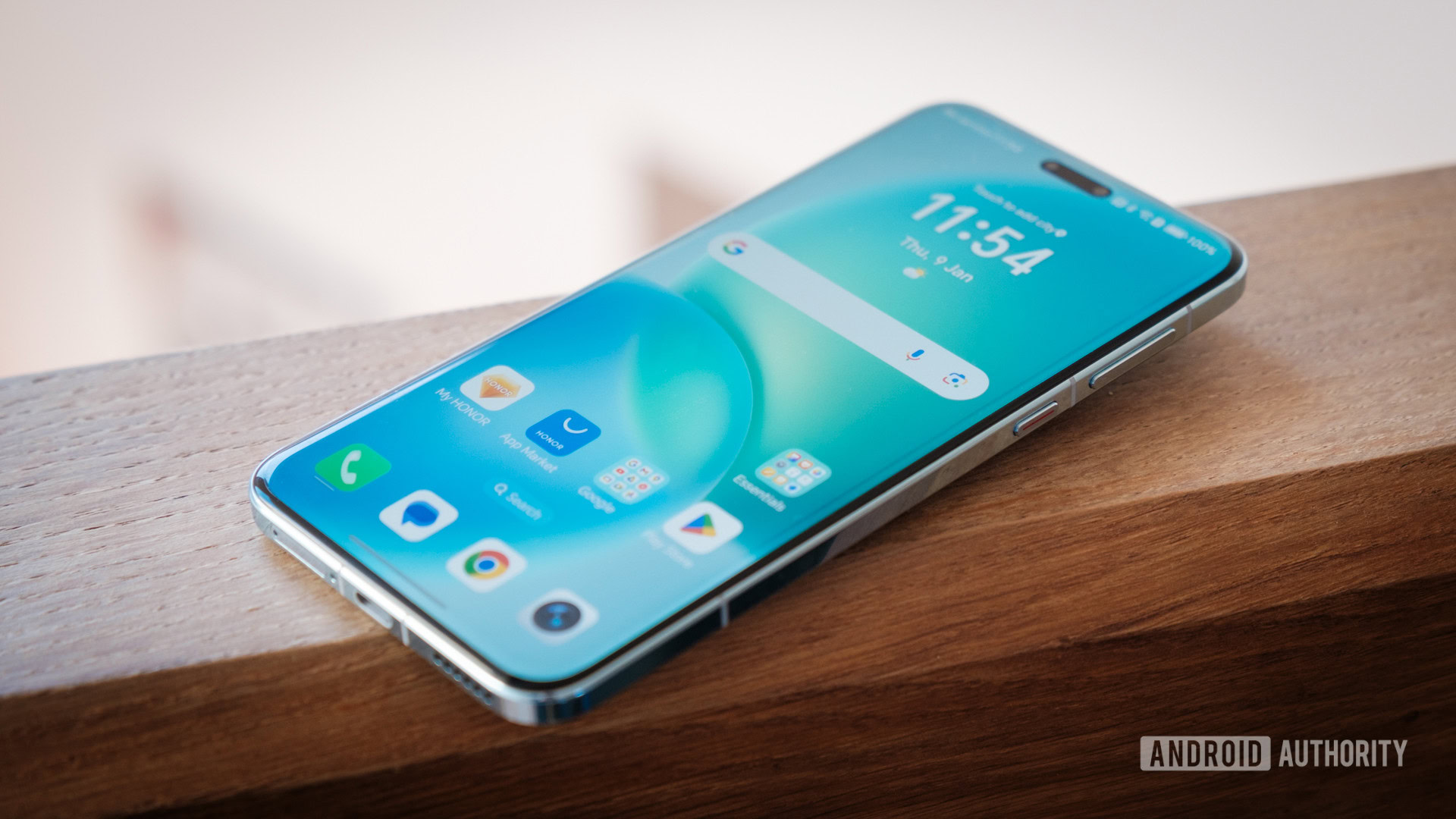
Robert Triggs / Android Authority
My first thought upon noticing this trend is that smartphone brands want to save a few bucks without making huge durability compromises. After all, Corning is the top dog in the protective glass space, and it commands a premium for its recent solutions. In fact, many budget phones use older, cheaper Gorilla Glass variants or other third-party solutions like Asahi’s Dragontrail Glass.
However, HONOR told Android Authority that its own in-house protection came about due to necessity:
In 2021, the industry lacked a suitable glass-ceramic solution for curved-screen smartphones, forcing HONOR to invest in glass-ceramic technology research. The first-generation technology was applied to the HONOR Magic 3 Pro Plus in 2021, and in 2024, the HONOR Magic 6 featured HONOR’s next-generation glass-ceramic technology, HONOR NanoCrystal Shield.
In other words, HONOR was open to using Gorilla Glass, but the solution it wanted simply didn’t exist. In fact, the company told me that it wasn’t abandoning Gorilla Glass or other third-party solutions:
For HONOR Number and X series, it continues to use Corning Gorilla Glass or other third-party solutions. Due to the significantly higher cost of glass-ceramic compared to traditional strengthened glass like Gorilla Glass, HONOR only adopts its own branded solutions in its flagship Magic series to enhance screen durability and meet the lightweight and thinness requirements of the foldable phone series.
I think it’s interesting that HONOR says glass-ceramic solutions like its own NanoCrystal Shield have a “significantly higher cost” compared to conventional (i.e. older) Gorilla Glass solutions, contradicting my expectation of cheaper costs. However, the company didn’t clarify whether its own solution is cheaper than more recent ceramic Corning inventions like Gorilla Armor 2.
Meanwhile, Xiaomi uses its Shield Glass and Shield Glass 2.0 solutions on recent flagship phones like the Xiaomi 15 Ultra. The company told me that it adopted in-house protective glass because it wanted to provide “the best possible user experience by carefully selecting materials that optimize both durability and performance.”
HONOR and Xiaomi continue to use Gorilla Glass on their cheaper phones, but flagship devices are another story.
Xiaomi also clarified that it wasn’t dropping Gorilla Glass altogether. The firm still uses Corning’s glass on its more affordable phones like the Redmi Note 14 Pro Plus. It also acknowledged that the Xiaomi 15 Ultra uses Gorilla Glass 7i for the camera lens.
Either way, I figure that the initial investment cost in custom protective glass is very high for OEMs. I also haven’t seen any non-Samsung devices with Gorilla Armor or Armor 2, suggesting that it’s exclusive to Galaxy phones. So phone brands wanting ceramic or microcrystal glass protection might have no choice but to create it themselves.
What does Corning make of this trend? The company didn’t have much of note to say when I asked them:
We continue to innovate and provide tough cover material solutions to meet global consumer needs. As a practice, we don’t comment on our customers’ product plans or our competitors’ offerings. Questions related to material choices and product plans should be shared with OEMs directly.
Are these solutions better than Gorilla Glass?
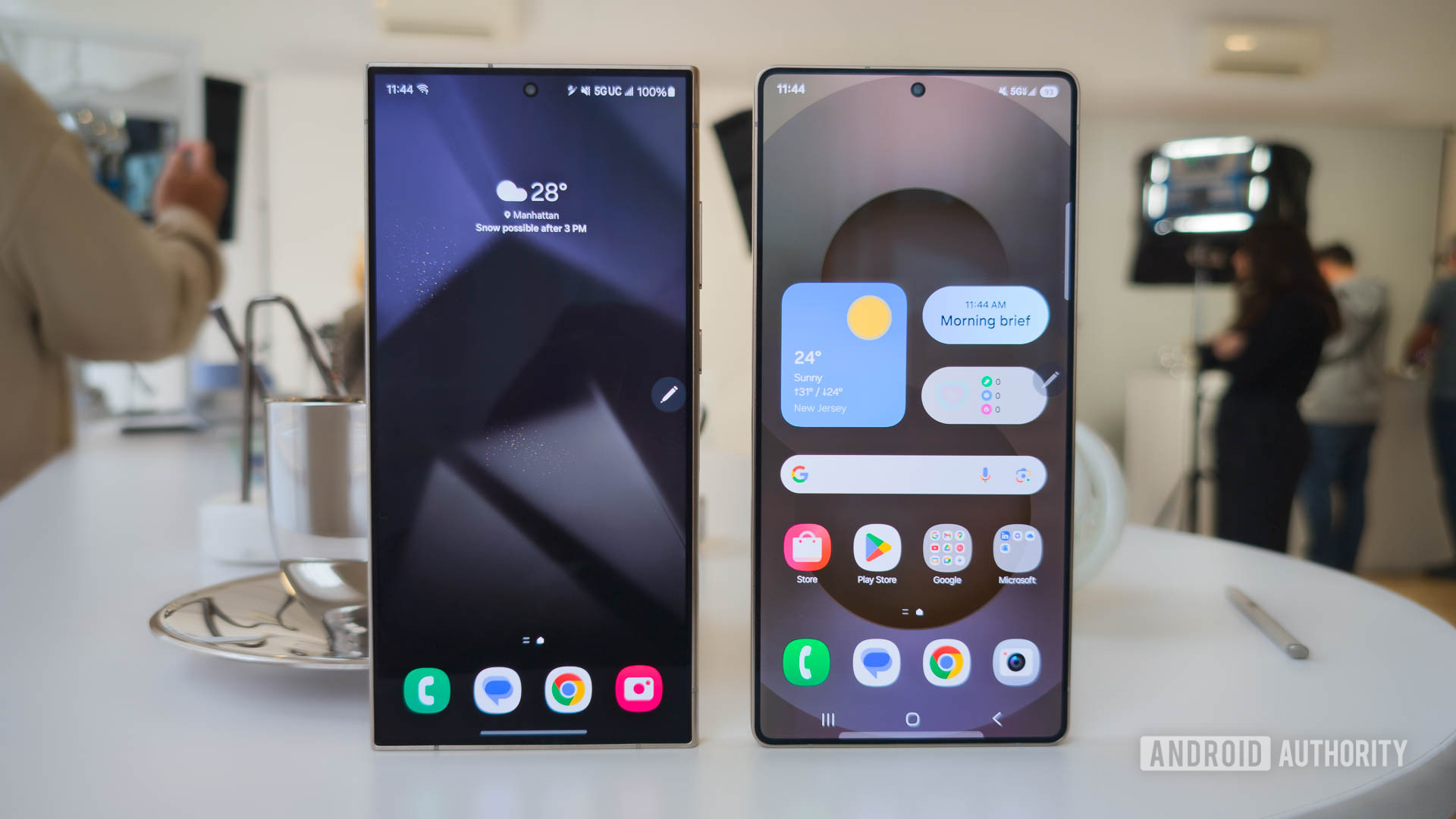
C. Scott Brown / Android Authority
That’s really the million-dollar question, isn’t it? One trend I’ve noticed is that smartphone makers will often compare their in-house glass to tempered glass rather than Gorilla Glass. This isn’t a fair comparison as tempered glass is only really used on low-end phones today. It’s like comparing a Ferrari to a Model T Ford.
Fortunately, HONOR gave me additional insight into the durability of its NanoCrystal Shield glass:
In contrast to glass-ceramic technology, the strength of Corning Gorilla Glass, including Corning Gorilla Glass Victus 2, and Dragontrail Glass stems from chemical tempering, both of which belong to traditional chemically-strengthened glass. Glass-ceramic, however, possesses the ability to hinder crack propagation through nanocrystals, resulting in superior drop resistance.
HONOR also cited an in-house drop test from 1.5 meters onto a surface resembling a rough road. It said that the failure rate of “conventional tempered glass” without ceramic crystals was ten times that of NanoCrystal Shield glass. That still doesn’t give us a specific comparison against recent Gorilla Glass variants. Nevertheless, the company thinks its solution is better at drop resistance than previous, ceramic-free Corning efforts like Gorilla Glass Victus 2.
Drop resistance is just one factor, but what about scratches? Well, HONOR says its NanoCrystal Shield and all conventional tempered glass (including Gorilla Glass Victus 2) have a Mohs hardness rating between five and six. That means there’s “no significant difference in scratch resistance” between these solutions.
It seems like OEM glass solutions are capable of matching or beating older Gorilla Glass variants, but Gorilla Armor is another question.
The company didn’t mention how its glass fares against Gorilla Armor. For what it’s worth, YouTuber JerryRigEverything found that Gorilla Armor on the Samsung Galaxy S24 Ultra exhibited small scratches at level seven on the Mohs hardness scale, with deeper grooves at level eight. This suggests that Gorilla Armor has improved scratch resistance over HONOR’s solution and previous Corning products, which scratched at level six and exhibited deeper grooves at level seven. The YouTuber repeated this test with the Galaxy S25 Ultra and its Gorilla Armor 2, but it saw small scratches at level six and deeper cuts at level seven. This suggests that the original Gorilla Armor has better scratch resistance than OEM solutions and Gorilla Armor 2, but this isn’t conclusive.
Xiaomi is another brand that says its protective glass has “enhanced resistance to both scratches and drops” over standard tempered glass:
While we have benchmarked it against standard tempered glass to highlight its improvements, we are continuously evaluating different materials to ensure optimal performance. Our approach is to select the most suitable solutions based on real-world performance, balancing strength, clarity, and user experience.
I feel like the company managed to say a lot here without actually saying much. Nevertheless, a YouTube video showed someone using the Xiaomi 14 Pro — which features the brand’s first-generation Shield Glass — as a hammer for nails and walnuts. The device seems to have emerged unscathed. Xiaomi also previously noted that the Xiaomi 14 Ultra’s first-generation Shield Glass had 10x better drop resistance than the Xiaomi 13 Ultra. The latter device used Gorilla Glass Victus.
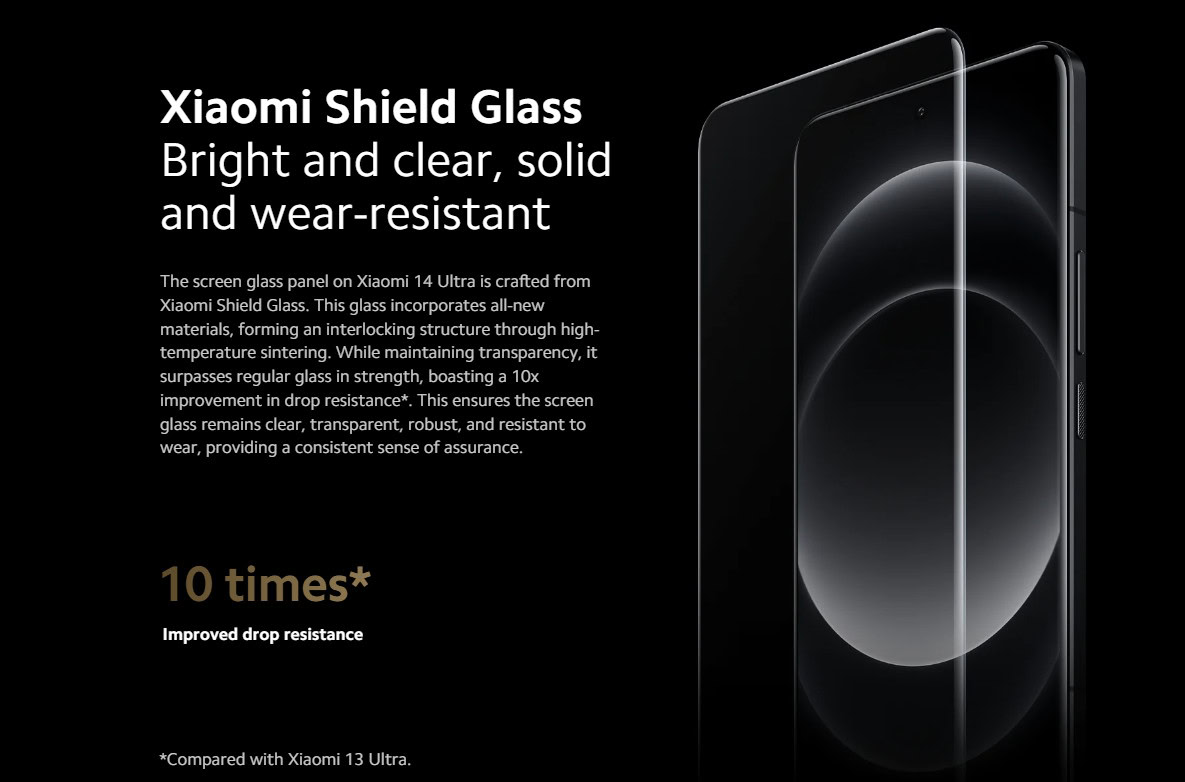
Meanwhile, Xiaomi says the Xiaomi 15 Ultra’s Shield Glass 2.0 offers 25% better drop resistance on rough roads than the Xiaomi 14 Ultra’s glass. The real question is how Shield Glass 2.0 drop resistance compares to Corning Gorilla Armor and Armor 2, but the company hasn’t addressed this.
For what it’s worth, Xiaomi told me that its Shield Glass and Shield Glass 2.0 parts were “a type of microcrystalline glass, rather than traditional ceramic glass.” It added that one key benefit of this material is that it’s more scratch-resistant than regular glass. Nevertheless, the company didn’t make any comparisons to Gorilla Glass in this regard.
I’ve repeatedly asked HUAWEI representatives for details about its Kunlun Glass tech, but they haven’t gotten back to me. In any event, the firm claims that the Crystal Armor Kunlun Glass seen on last year’s Pura 70 Ultra offers 300% better scratch resistance and 100% better drop resistance than first-generation Kunlun Glass. Unfortunately, that doesn’t give us a comparison to Gorilla Glass at all. Nevertheless, the glass is said to use microcrystals for improved durability.
Should you buy a phone without Gorilla Glass?
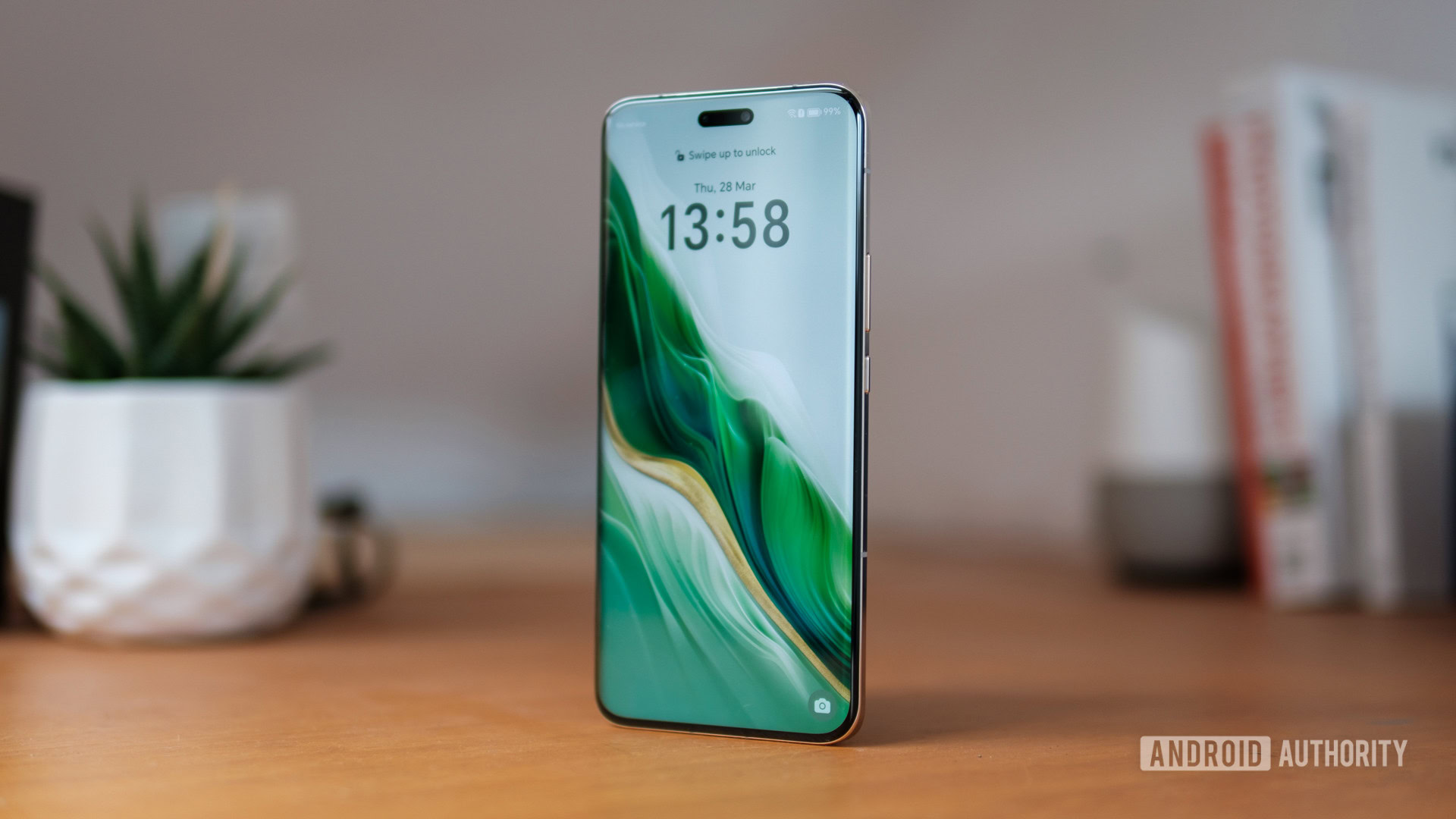
Robert Triggs / Android Authority
Apple, Google, and Samsung still use Corning’s solutions, but should you consider a device with custom protective glass? Well, a focus on durability seems to be one constant across these in-house solutions, at least compared to older Gorilla Glass variants. So even if we can’t compare against the latest Gorilla Glass solutions, they should still offer good protection from drops and scrapes. Plus, the apparent lack of non-Samsung phones with Gorilla Armor also suggests other OEMs don’t have access to Corning’s latest and presumably best technology anyway.
It’s tough to pick the best without direct comparisons, but in-house class certainly isn’t the cheap option.
HONOR’s claim that ceramic-glass protection is more expensive than conventional protective glass shows this clearly isn’t a cost-cutting measure — another good sign. As such, I expect that these OEMs will continue to use older Gorilla Glass variants on their cheaper phones to keep costs down. Google and Samsung use older Gorilla Glass in their affordable phones, putting them on an equal footing with the likes of HONOR and Xiaomi when it comes to screen durability.
Nevertheless, Corning has quickly moved to differentiate its products in recent years, with Gorilla Armor and Armor 2 both offering anti-glare coatings on Samsung’s Ultra phones. This feature is missing on OEM solutions. Even if in-house glass solutions are comparable to Corning’s latest products in terms of protection, you should expect a more visually pleasant experience on phones with Gorilla Armor.








